1973
Yankee Restoration Project
Pictures
taken 11/25/2003
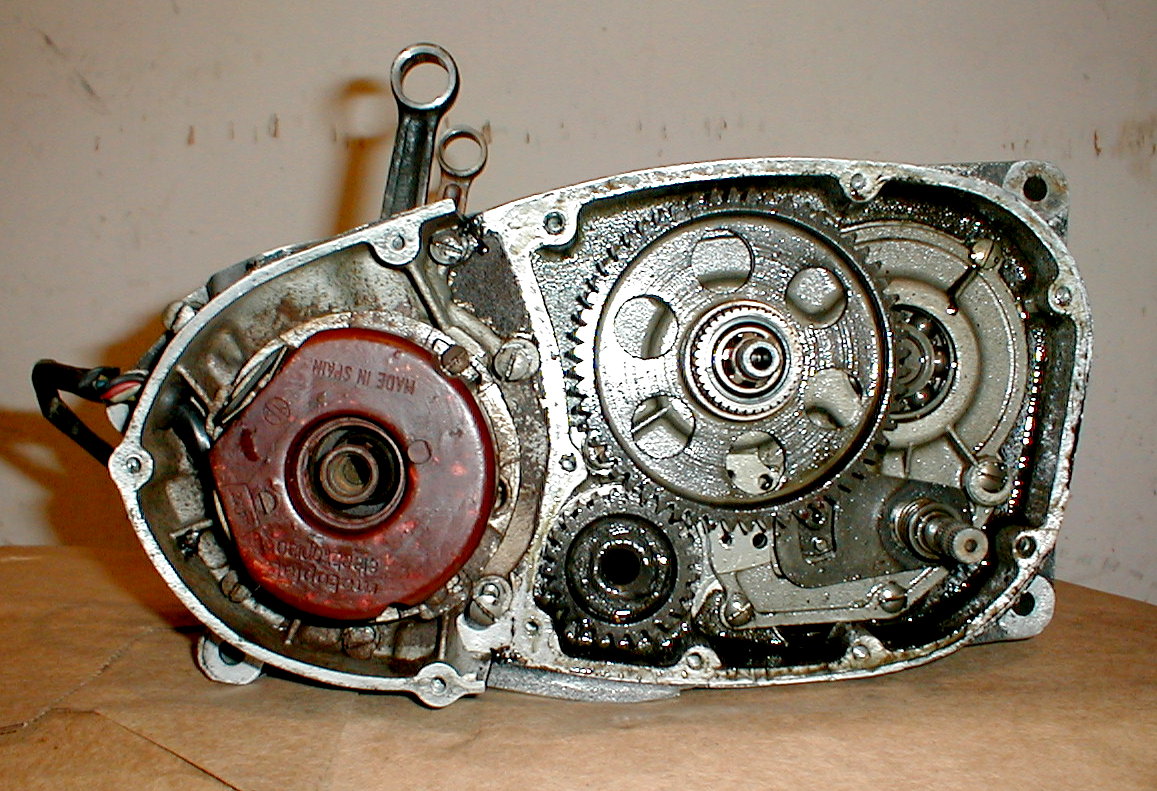
Time
to open up the cases and inspect
for
damages.
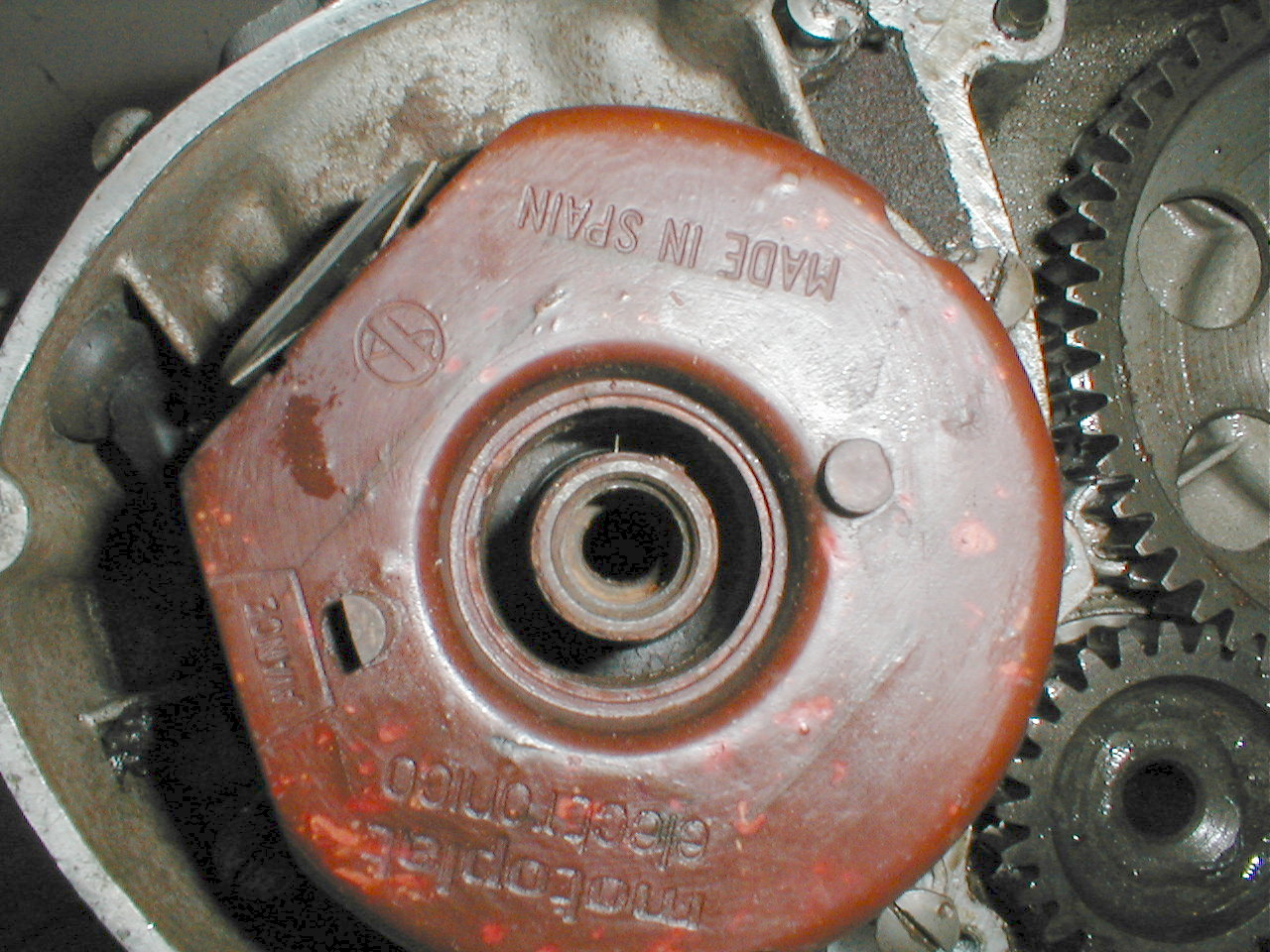
Left
side Motoplat looks OK, that doesn't
say
much about how well its going to work.
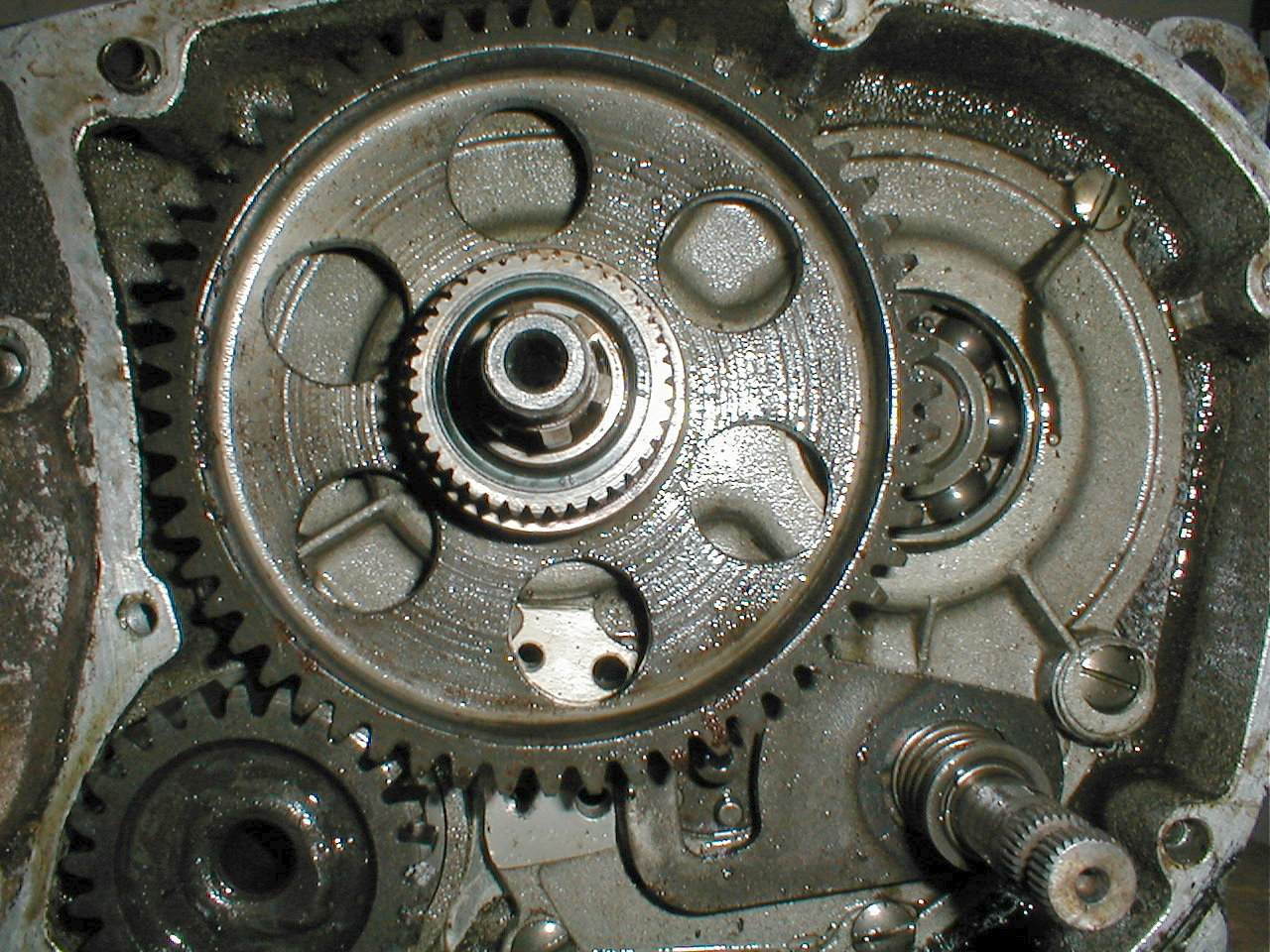
Primary
drive gear allows reduction, lower
left
gear is jackshaft driven.
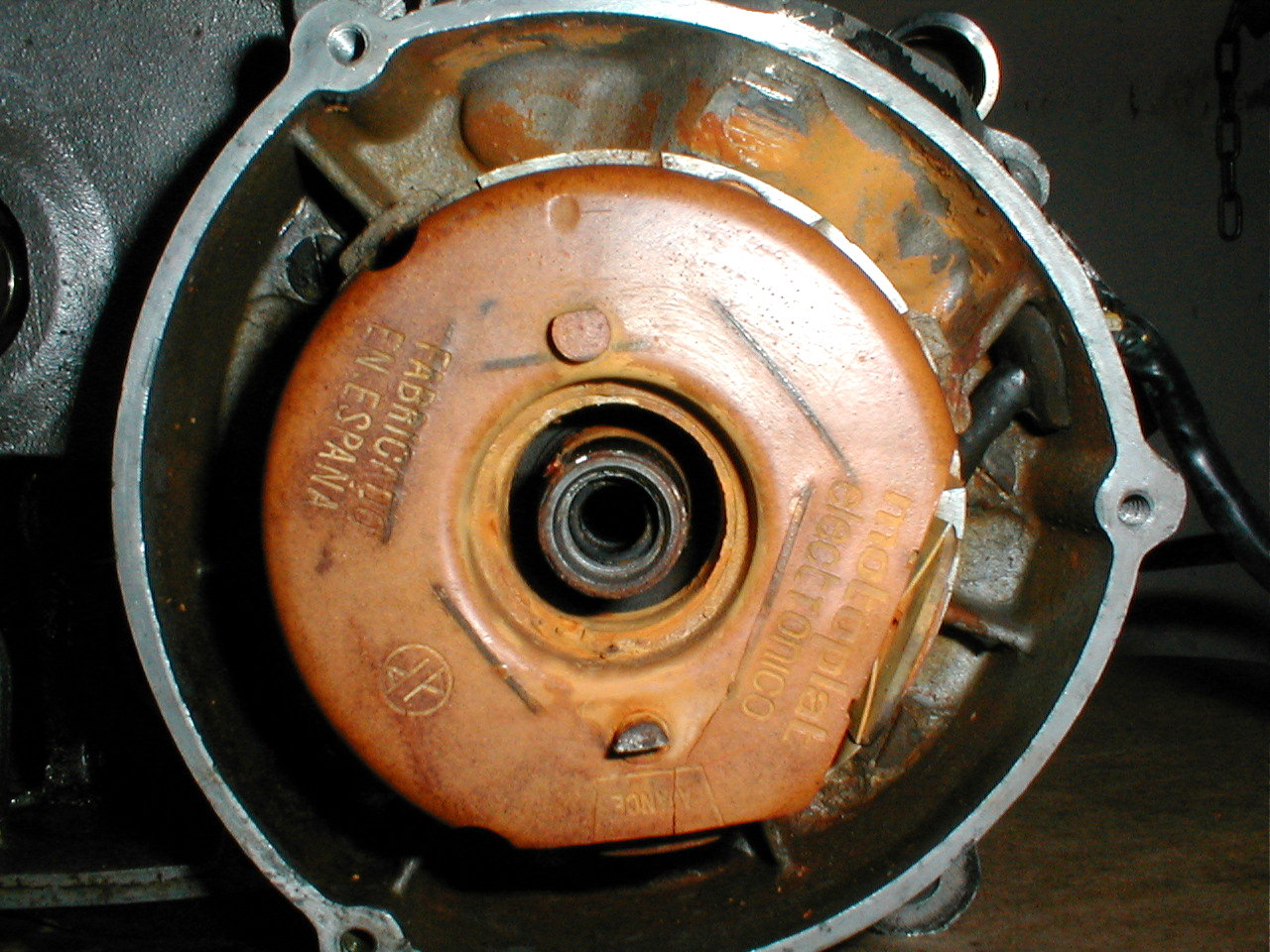
Left
side Motoplat, as with most other
components,
left side showed more
damage
than right. This side had a
coating
of rust that turned the
ignition
system almost orange in color.
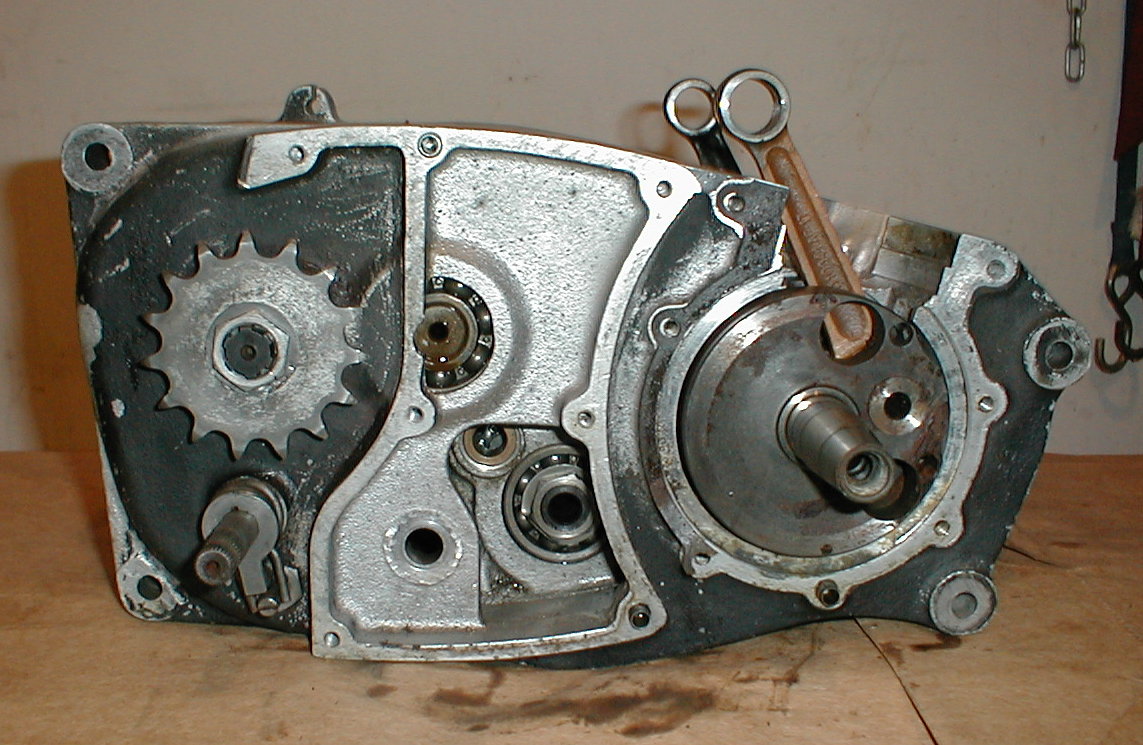
Right
side covers off, showing a classic
Yankee
design problem, that is, if the
bike
throws a drive chain, there is a
good
chance it will wedge, and crack
the
engine case, requiring welding
and
machine work to repair.
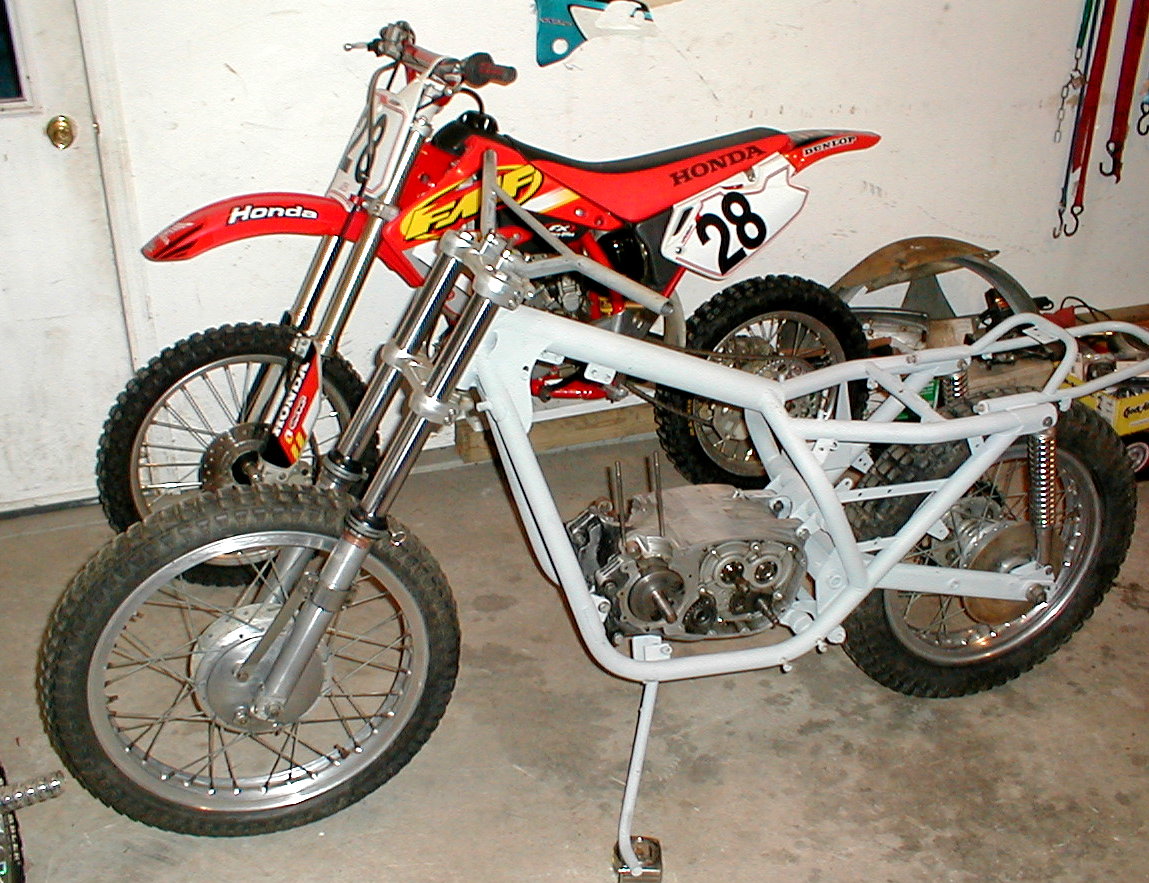
New
Renthal bars have been added to the
bike,
big difference, lower rise and
not
as swept back as the old bars.
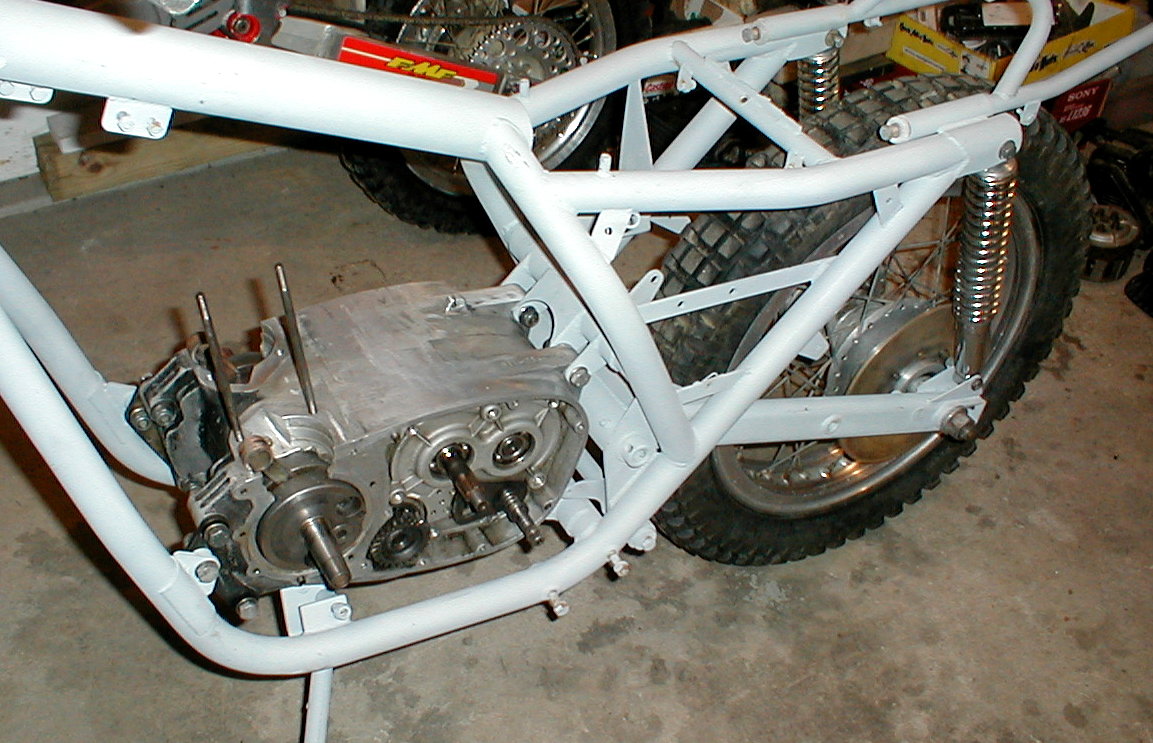
There
are a few options for how the bike can
be
restored. First - factory original, very
little
discussion needed there, this is most
likely
the way it should be done. There is no
doubt
that a quality restoration to
factory
is the most valuable bike to have.
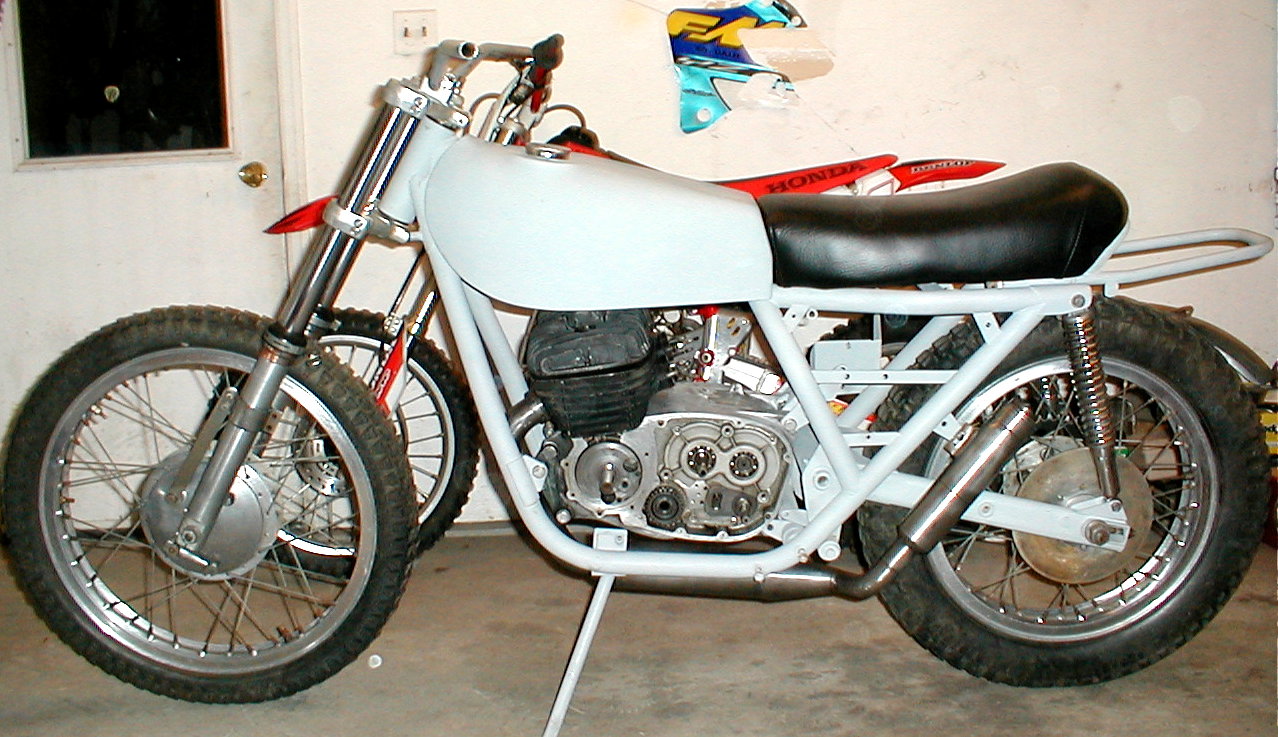
But,
I had a factory bike for 2 years, and now
am
thinking about some changes to make the
bike
suit me a little better.
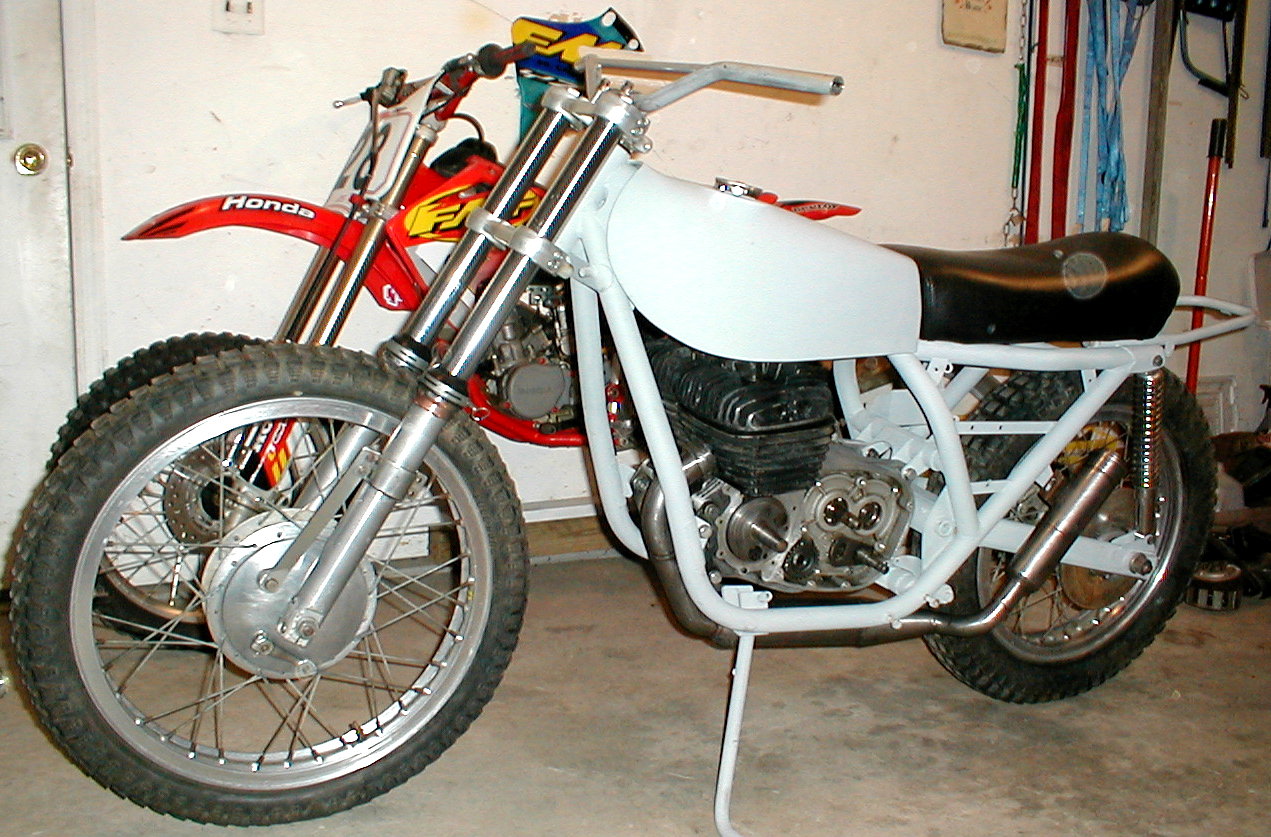
One
option is to switch the bike to a 180 degree
firing
order, like a street bike. The engine may
start
a little easier, make more power higher up
in
the power band, and sound different. With the
factory
expansion chambers, this may be the
ideal
combination for street / trail type of use.
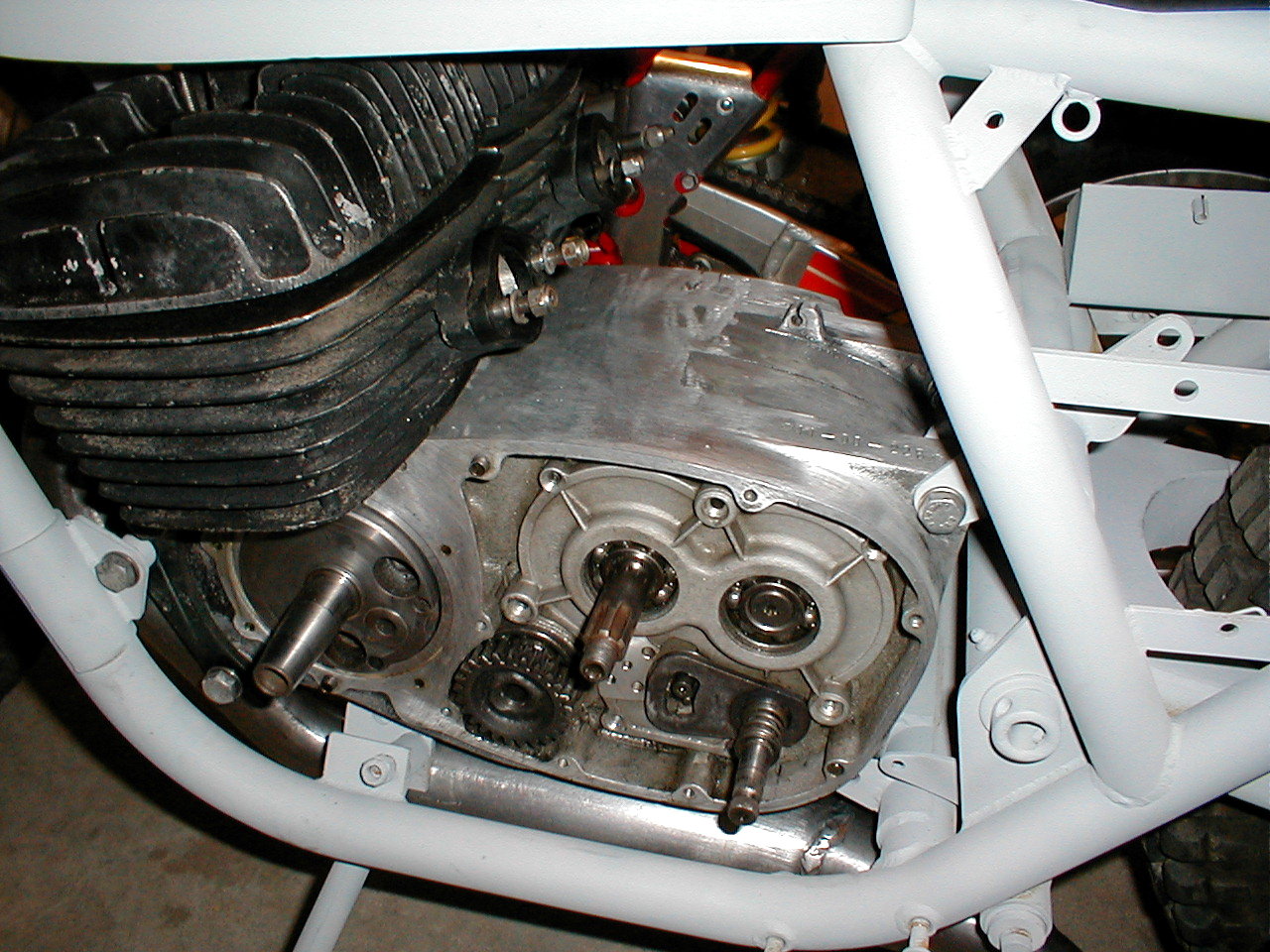
Other
choices include polished cases instead of
painted
black, as in Ossa and Bultaco. The
expansion
chambers may also look good in
chrome,
like some other classic chambers.
They
look good now in polished steel.
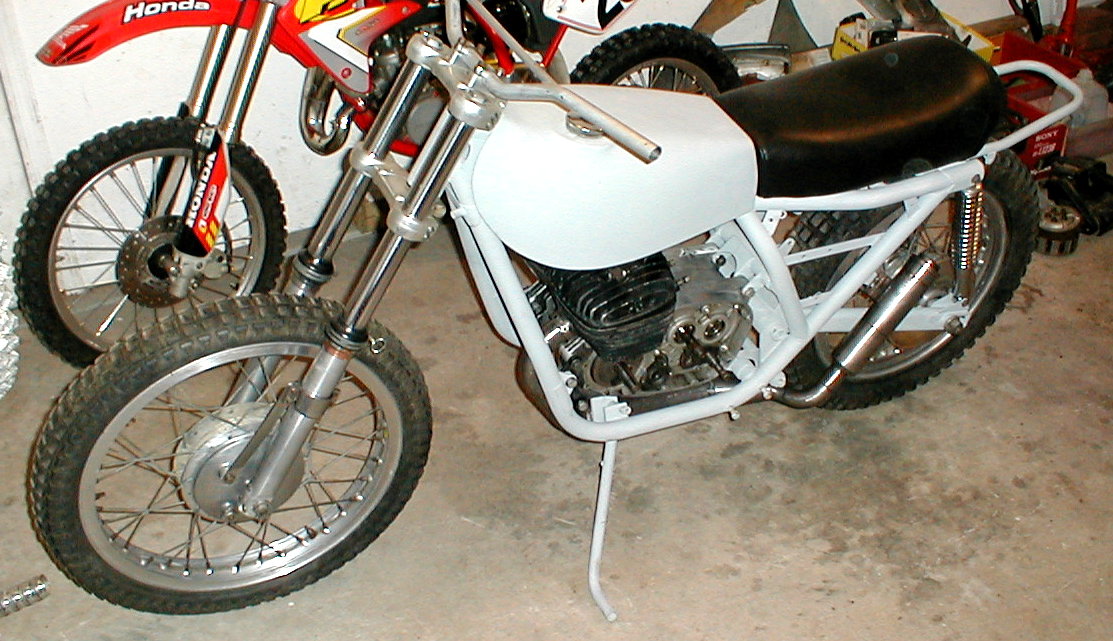
Another
step would be to replace the IRZ
carbs
with Mikunis. Again, easier
starting
both hot and cold, more reliable,
and
easier to service / tune.

Once
the bike is finished, it will be my daily
rider,
so it has got to be reliable. If it's
possible,
the electrical system will be
upgraded
from 6 volt to 12 volt, and a
bright
halogen headlight added fo safety.
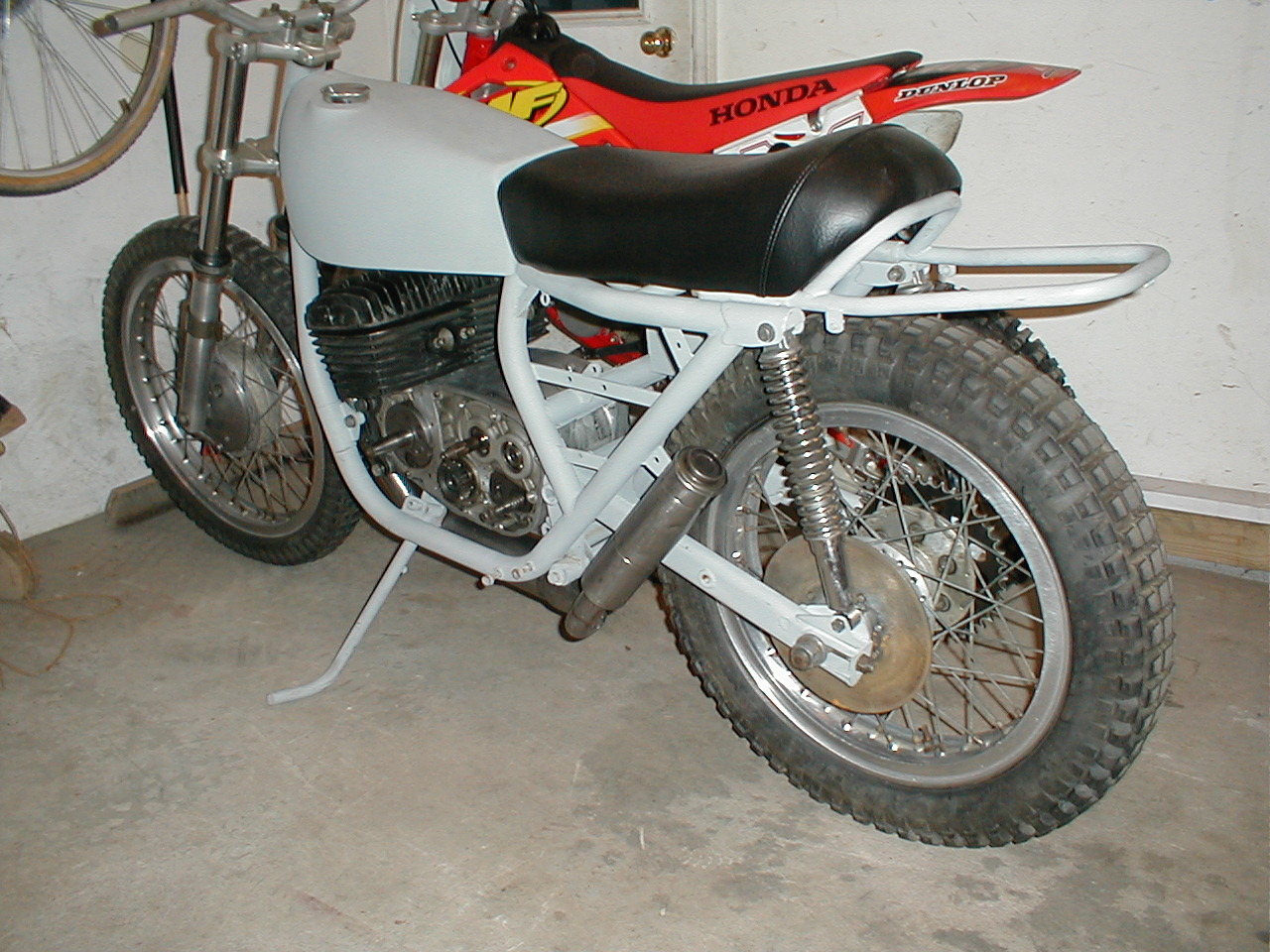
Part
of the reason for these pictures is to
help
sort through these options, and determine
what
might look best on the finished bike.

One
of the steps to add to the reliability and
durability
to the motor will be to have the main
bearing
throws machined to accept larger
connecting
rods. The Ossa 250 engine design
started
from a 160 cc motor, and the rods
are
considered to be a weak point for anything
beyond
a mild state of tuning or riding.
Return Page 2
3
4 5
6 7
8
9